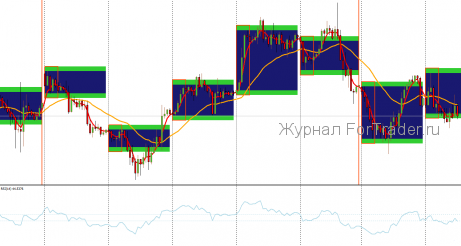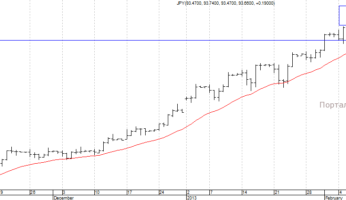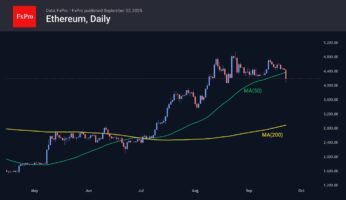If we reduce trading to a single question, it would sound like this: “Is the potential profit worth the risk I’m taking right now?” The risk/reward ratio (R:R) is a simple parameter that determines whether entering the market makes sense: where you will exit with a stop, where you will take profit, and how often you need to be right for your strategy to be profitable. This parameter disciplines, eliminates impulsive entries, and helps build a system that can withstand losing streaks.
Basic Concepts
Let’s look at the risk/reward ratio using simple formulas:
- Risk (R) — the predetermined loss in money or points if the stop-loss is triggered.
- Reward — the calculated potential profit if the target (take-profit) is reached.
Risk/Reward Ratio = Potential Profit / Potential Loss.
For example:
- 1:1 — risking 100 points for 100 points of profit.
- 1:2 — risking 100 points for 200 points of profit.
- 1:3 — risking 100 points for 300 points of profit.
Both the stop and the target should be based on market logic, not adjusted just to fit a nice number.
Here’s another example: trader 1 has 75% winning trades, while trader 2 has only 40%. Which one is more successful? Of course, we can’t answer this question without knowing how much each trader earns on profitable trades and how much they lose on losing trades. Therefore, the percentage (number) of winning trades is not the most important factor for trading success. Of course, everyone wants most of their trades to be profitable, but if you want real trading success, you need to focus on the risk/reward ratio.
How to Use the Risk/Reward Ratio
It’s often assumed that a 1:2 ratio is the most favorable. If you open a trade with a risk of 25 points, you should set your take-profit at 50 points.
Also, try to move your stop-loss closer to the entry order when the price reaches +25 points, which is halfway in your favor. For example, you bought at 1.2500 and set a stop-loss at 1.2475, so your risk is 25 points.
Using a 1:2 ratio means your take-profit should now be set at 1.2550, or 50 points of profit. When the price rises to 1.2525, you should move your stop-loss to the entry level, 1.2500. In this case, you either lock in profit or lose nothing. After moving your stop-loss to the entry level, you can look for other entry points.











